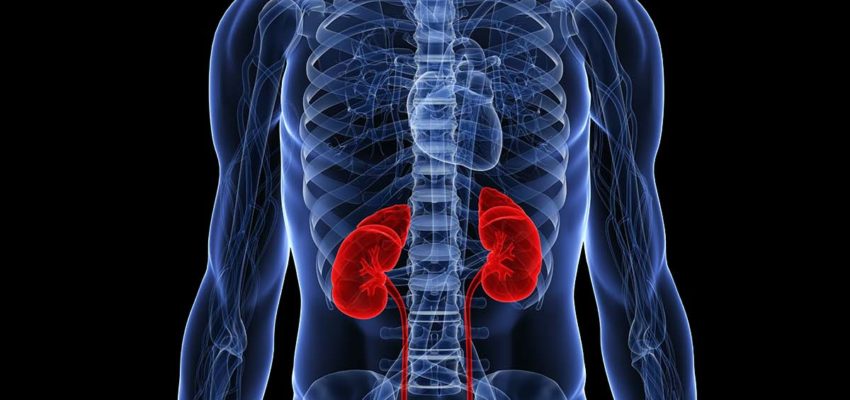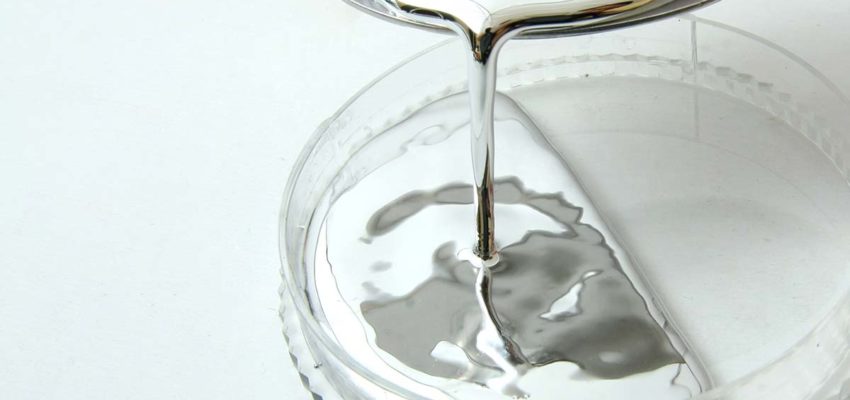Mercury in the Organs from Amalgam Fillings

Samples from the central nervous system (occipital lobe cortex, cerebellar cortex and ganglia semilunare) and kidney cortex were collected from autopsies and analysed for total mercury content using neutron activation analyses.
Results from 34 individuals showed a statistically significant regression between the number of tooth surfaces containing amalgam and concentration of mercury in the occipital lobe cortex (mean 10.9, range 2.4-28.7 ng Hg/g wet weight). The regression equation y = 7.2 + 0.24x has a 95% confidence interval for the regression coefficient of 0.11-0.37. In 9 cases with suspected alcohol abuse mercury levels in the occipital lobe were, in most cases, somewhat lower than expected based on the regression line. The observations may be explained by an inhibition of oxidation of mercury vapour. The regression between amalgams and mercury levels remained after exclusion of these cases.
The kidney cortex from 7 amalgam carriers (mean 433, range 48 – 810 ng Hg/g wet weight) showed on average a significantly higher mercury level than those of 5 amalgam- free individuals (mean 49, range 21 – 105 ng Hg/g wet weight).
In 6 cases analysis of both inorganic and total mercury was carried out. A high proportions (mean 77% SD 17%) of inorganic mercury was found.
It is concluded that the cause of the association between amalgam load and accumulation of mercury in tissues is the release of mercury vapour from amalgam fillings.



